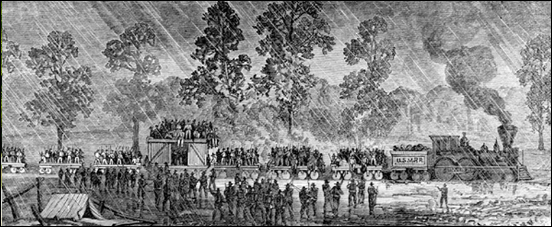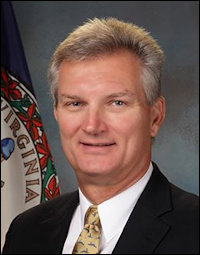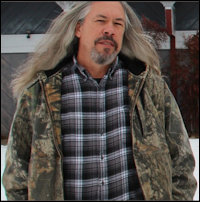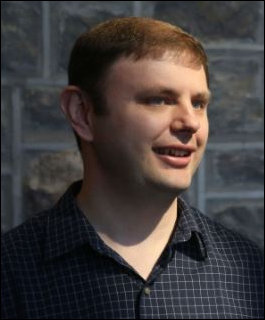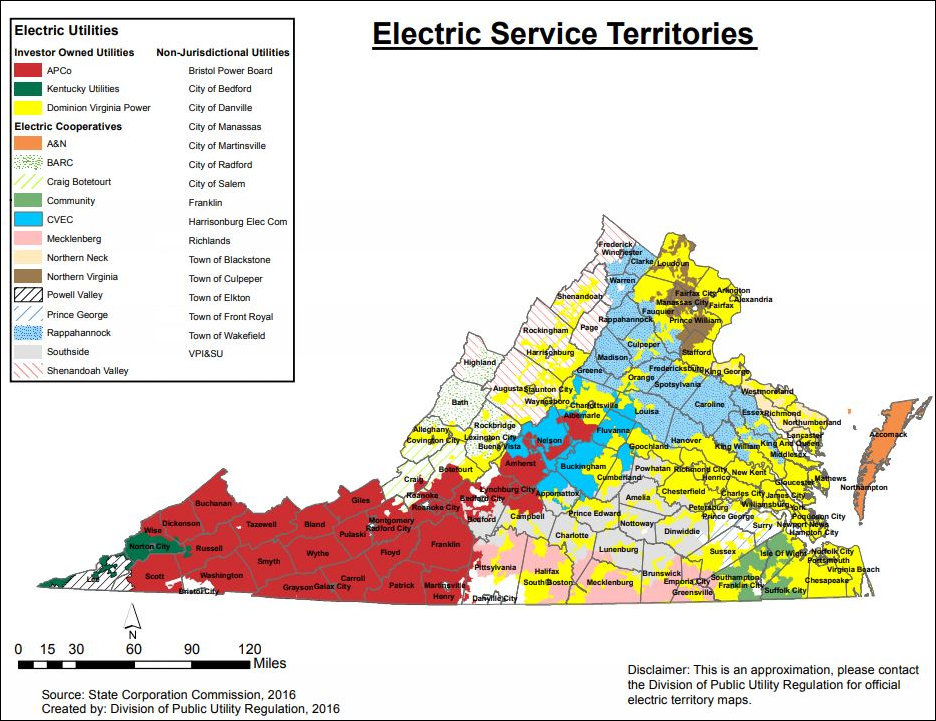
The University of Virginia and Thomas Jefferson’s Monticello have just wrapped up an international symposium, “Universities, Slavery, Public Memory & the Built Landscape.” The conference, a great success according to the symposium website, provided a forum for “a free-ranging conversation about researching the enslaved past, disseminating findings to a broader public, and breaking down disciplinary boundaries as we collectively work to tell a fuller story about our own pasts.”
According to the Richmond Times-Dispatch, the subject of reparations came up more than once.
Said Ana Lucia Araujo, a Howard University professor of history:
This very city and campus are living examples of how such public battles over public memory can unfold. But where reparations for slavery are increasingly accepted and embraced by governments and other institutions, there is usually a great silence surrounding the idea of financial reparations for slavery.
Symbolic reparations touted by government and universities — renaming buildings, adding memorials and plaques, creating commissions, may not be enough.
Then there was this from Craig Wilder, author of “Ebony and Ivory”:
A lot of the universities have launched reports, but they have launched reports and studies somewhat reluctantly. The question of reparations was, in part, a reflection of how a lot of colleges and universities got to the point of studying their histories … which was often driven by students.
It’s impossible for us to know whether comments about reparations were typical of the sentiments expressed during the conference or cherry-picked by the Times-Dispatch reporter because they were controversial. And one can only conjecture whether the dialogue at the international symposium will reflect the tenor of the upcoming “Teaching Race at UVa” seminar, the purpose of which is to inspire UVa faculty to revise their course syllabi to “present reality of race and racism both locally and nationally.”
My fear, however, is that the sentiments expressed are widely shared by the “subject matter experts” who will be teaching the “Teaching Race at UVa” sessions. If I am correct, the Leftist views espoused at the “Universities, Slavery, Public Memory & the Built Landscape” conference will inform the perspectives propagated by the “Teaching Race at UVa” seminar, which will alter the syllabi of a wide range of courses taught at UVa, which in turn will shape the worldviews of a new generation of students. Leftist thought might be diluted in the process, but the flow of influence will be entirely one way.
The study of slavery, reconstruction, Jim Crow, racial prejudice and desegregation are entirely appropriate subjects for a university to undertake. Indeed, as a former student at UVa and the Johns Hopkins University of slavery, the Atlantic slave trade, and African history, I find myself intrigued by much of the symposium’s subject matter. Furthermore, I agree that it is appropriate to use history as a tool to illuminate contemporary society. We are, after all, products of the past.
What worries me is the narrow range of intellectual perspectives that are considered. The historic focus on past racial injustices is part and parcel of the larger obsession with racial and ethnic disparities today. The underlying assumption is that disparities in income, education and other outcomes are the result of America’s grievously flawed institutions and continued white privilege. The modern academy gives very little attention to the possibility that over the past 50 or so years the modern welfare state, social engineering projects and social justice initiatives have backfired badly, harming those whom the Left purports to help.
The obsessive focus on race represents a form of intellectual doubling down on the bad bet that once Civil Rights were affirmed for all, government then needed to intervene proactively to address equality. African-Americans especially have been the subjects of one botched policy experiment after another. Thus we have witnessed the devastation of intact neighborhoods by urban renewal, the concentration of the poor into housing projects, the undermining of the family structure by the welfare state, the denigration of “bourgeois virtues” that facilitate upward mobility, the assault on disciplined behavior in public schools, the push for lower-income households into home ownership and the subsequent obliteration of wealth after the housing crash, and most recently the credo that everyone is entitled to a college education despite overwhelming evidence that low-income Americans are disproportionately likely to drop out before earning a degree and accumulate debt they can never discharge.
While these policy disasters have afflicted low-income Americans of all races and ethnicities, they have devastated African-Americans most of all. The Left, fixated on race, identity politics, and the sinfulness of America, is unwilling to acknowledge its grotesque failures. Instead, it has adapted to the persistence of poverty and social breakdown among African-Americans (replicated to various degrees among Indians, Hispanics and whites) by finding racism in micro-aggressions and blaming poverty on ever-more-subtle forces of institutional racism.
That’s the problem I have with these academic seminars and symposia. Far from fostering “free-ranging conversations,” they tolerate only a limited spectrum of views. They ignore strains of thought that would threaten their sinful-America paradigm. Instead of embracing a positive approach — how can individuals and communities lift themselves up from poverty — they pursue a divisive, zero-sum game. Reparations in the United States is a non-starter. The idea of collectively punishing one race for the sins of committed by members of that race more than 100 years ago in order to repay the descendants of the victims is intellectually incoherent. Not only does the idea stir great resentment, it distracts us from the proper task at hand — identifying policies that actually work.

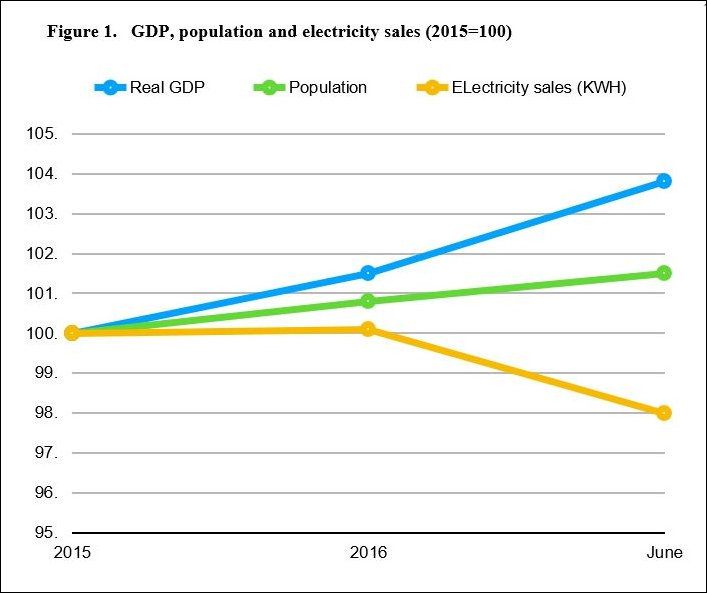
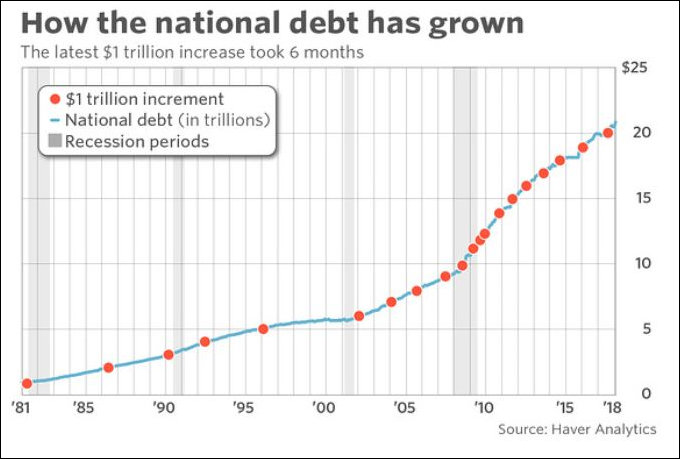


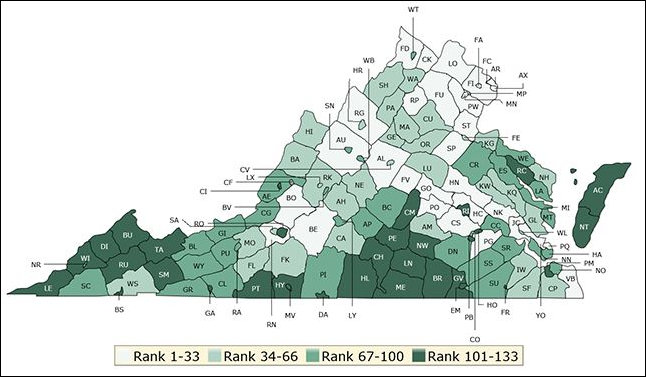
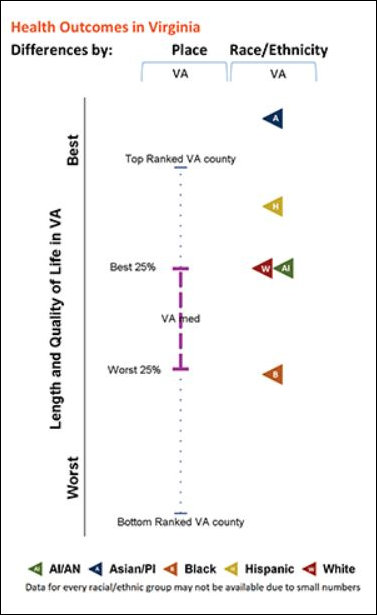 The info-graphic to the right shows differences in health outcomes (potential years of life lost before age 75) by place and by race/ethnicity. The “place” metric compares the differences in health outcomes by city or county. There is a wide disparity (as also seen in the map above) between localities with high incomes and high levels of education and localities with low incomes and education. The worst pockets of unhealth are in far Southwest Virginia, Southside, the Eastern Shore, and older cities. No surprises there.
The info-graphic to the right shows differences in health outcomes (potential years of life lost before age 75) by place and by race/ethnicity. The “place” metric compares the differences in health outcomes by city or county. There is a wide disparity (as also seen in the map above) between localities with high incomes and high levels of education and localities with low incomes and education. The worst pockets of unhealth are in far Southwest Virginia, Southside, the Eastern Shore, and older cities. No surprises there.
